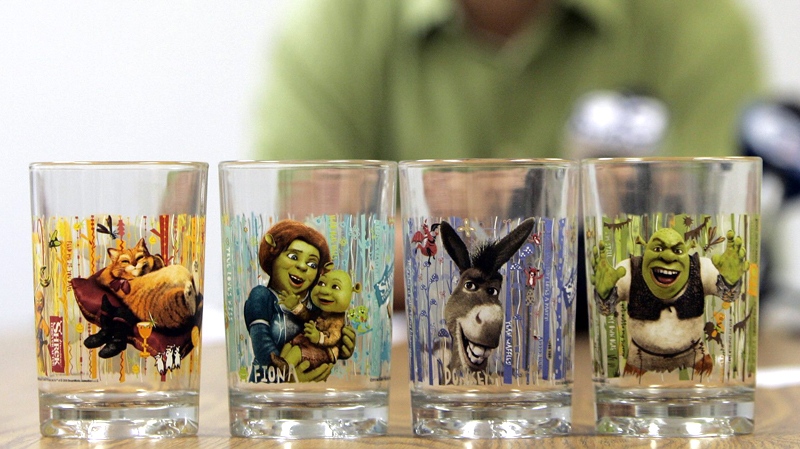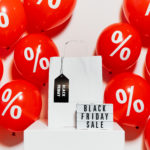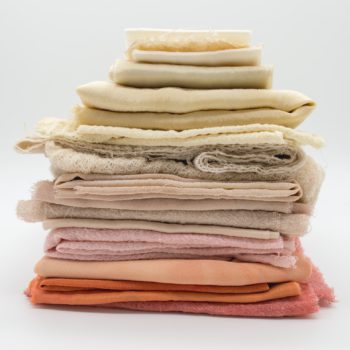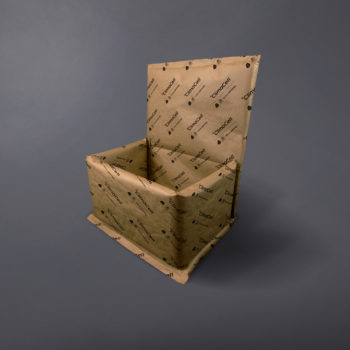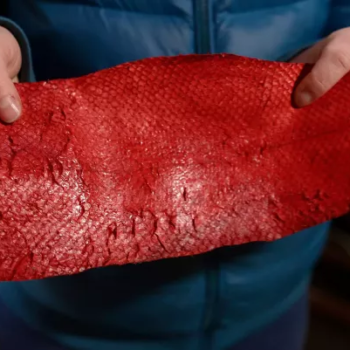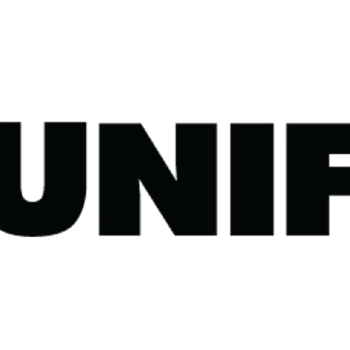|
|
We Reviewed. You Benefit.
Get Insider Access to Discounts on Top Sustainable Brands We've Reviewed Just for You! WEEKLY!
Once upon a time, the world was gripped by Shrek mania, and McDonald’s was no stranger to the craze.
The year was 2010 when the fast-food giant introduced Shrek-themed drinking cups as part of a promotional campaign for the 4th installment of DreamWorks’ animated franchise.
However, what was meant to be a clever marketing strategy soon turned into a nationwide recall due to safety concerns. Now, 13 years later, we’re taking a comprehensive look back at the whole incident. Were these collectibles really dangerous, or was it all just a misguided panic?
Read on and dive deep into the intriguing saga of McDonald’s Shrek cups!
Key Takeaways
- McDonald’s Shrek-themed drinking cups, released in 2010, were recalled due to safety concerns. This was due to the presence of cadmium, a toxic heavy metal used as a pigment in the cups.
- Cadmium poses serious health risks, especially when consumed or inhaled in large quantities. It can damage the liver, kidneys, lungs, and nervous system. Prolonged exposure can lead to cancer, kidney problems, and brittle bones.
- The recall extended beyond the US and included Canada too. Approximately 13.4 million glasses were affected by this recall.
- The Consumer Product Safety Commission played a crucial role in the recall after being alerted about the high levels of cadmium by Congresswoman Jackie Speier’s office and blogger Jennifer Taggart.
- Despite the glasses being compliant with federal and state requirements at the time of manufacture and distribution, McDonald’s chose to recall all Shrek cups as a precautionary measure.
- The incident highlights the importance of robust testing mechanisms and proactive regulations for product safety. It also underlines the responsibility companies have towards their consumers, even if it means financial loss.
Why Were McDonald’s Shrek Cups Recalled?
In 2010, McDonald’s faced a formidable challenge when they had to get back their Shrek-themed cups.
The fast-food giant had to embark on one of the most significant recall missions in its history, yanking 13.4 million Shrek glasses off the shelves.
Around 7 million of these glasses had already made their way into homes, while approximately 5 million were awaiting customers in the stores or were yet to be shipped. In total, 12 million toxic Shrek drinking glasses were to be returned
However, the recall wasn’t limited to the US but also extended beyond national borders. After all, about 1.4 million of these 16-ounce glasses had been sold or shipped to Canada.
The reason? The cups were found to contain cadmium (a perilous heavy metal) in surprisingly large quantities. If swallowed or inhaled, this toxic substance can be harmful, making these cups a potential health hazard.
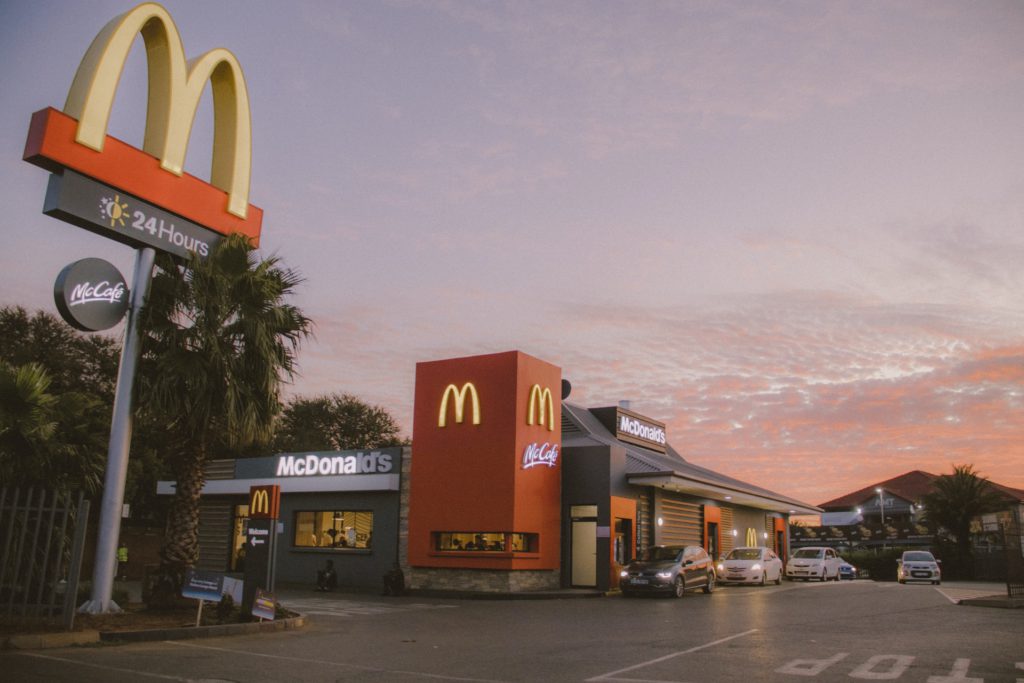
Why Was Cadmium Present In McDonald’s Cups?
When the US Congress implemented rigorous lead-testing regulations for children’s products in 2008, several companies in China were forced to stop using lead and began relying on cadmium as an alternative. This was primarily because cadmium wasn’t included in these rules.
However, this switch could be more harmful as cadmium is believed to pose even greater health risks.
In this instance, cadmium has been used as a pigment that was baked into the Shrek cups’ exterior. Back then, it was a very effective way to achieve a ‘fire engine’ red color, as well as vibrant orange and yellow paint. The problem is that touching the cadmium-laced glass runs the risk of ingesting some of that poisonous substance.
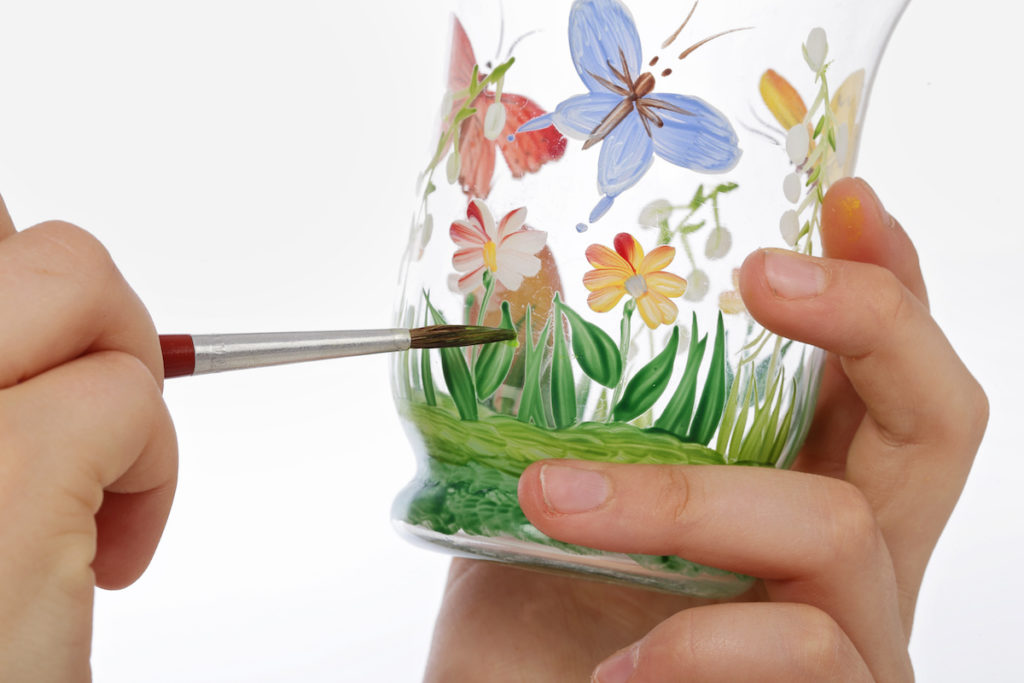
Taken from: https://modpodgerocksblog.com/painting-glass/
Health Risks Associated With Cadmium Exposure
You may remember the uproar surrounding McDonald’s Shrek cups, whisked off the shelves due to alarmingly high levels of cadmium. But do you know why this nefarious element is such a health hazard?
Let’s delve into the dangers of cadmium – a dangerous metal that can wreak havoc on the liver, kidneys, lungs, and even the nervous system when consumed in large quantities.
Prolonged interaction with cadmium is like shaking hands with a silent villain. Depending on the amount of cadmium a person was exposed to, the long-term effects can be devastating. Let’s unwrap some of the hidden perils of this stealthy enemy:
- First and foremost, cadmium is a potent carcinogen linked to a high risk of medical complications.
- Regular contact with cadmium can spell disaster for your kidneys and turn your bones brittle.
- Children are especially vulnerable to cadmium poisoning and can exhibit the same symptoms as adults. Alarmingly, traces of it have been found in the breast milk of exposed mothers.
- Even infants can be negatively affected. Mothers exposed to high levels of cadmium may deliver babies with lower birth weights.
In light of incidents like the McDonald’s Shrek cup saga, it’s imperative to comprehend the health risks tied to cadmium exposure. So stay informed, stay safe, and steer clear of this menacing metal.
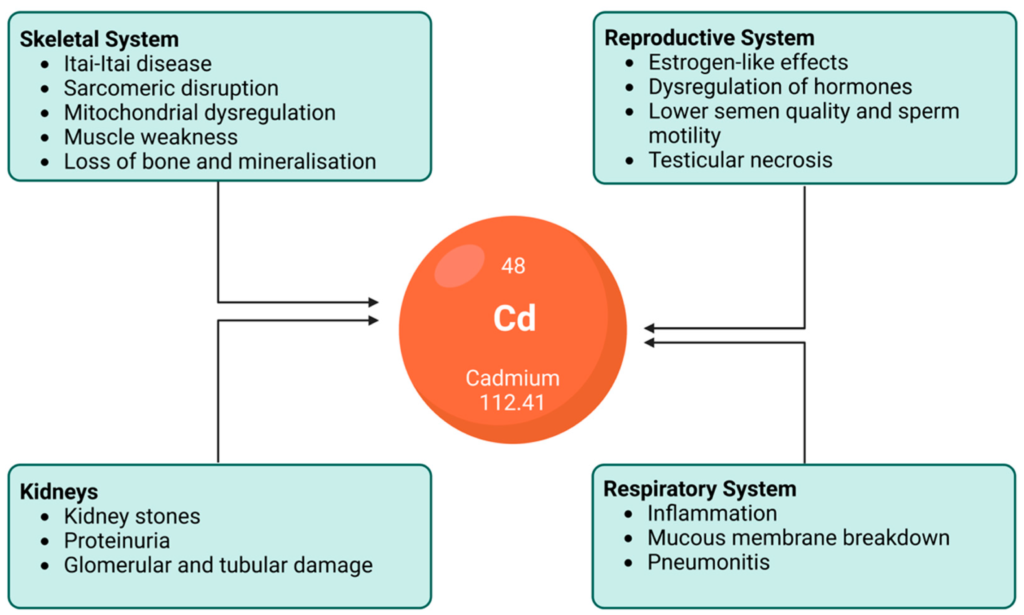
Taken from: https://encyclopedia.pub/entry/32383
The Role of CPSC in the Recall
The Consumer Product Safety Commission’s (CPSC) interest was piqued when Congresswoman Jackie Speier’s office and Jennifer Taggart (a vigilant blogger) sounded the alarm about shockingly high levels of total cadmium in the glasses.
Despite the unsettling findings, the CPSC agency remained composed. Later, the organization’s then-chief mouthpiece, Scott Wolfson, assured that the product didn’t pose an immediate threat to the kids. He confidently declared that the risk to consumers was ‘very low.’
This was partly motivated by the fact that back then, the Consumer Product Safety Improvement Act only addressed soluble cadmium content instead of total.

The Aftermath: McDonald’s Response
All in all, the Shrek cups were confirmed to be compliant with the federal and state requirements at the time of manufacture and distribution. However, in a rare show of corporate excellence, McDonald’s made an unexpected move – instituted a voluntary recall of all Shrek cups.
- An independent third-party lab evaluation discovered that the toxic metal levels detected were still within established legal safety limits. However, after consultation with the Consumer Product Safety Commission, McDonald’s still chose to recall the cups as a precautionary measure, putting their customers’ safety first.
- After the recall, the fast-food restaurant chain didn’t just offer an apology. They went above and beyond, offering a refund of $3 to anyone who returned the glasses. It’s worth noting that originally, the cups sold for $1.99 with a food purchase and $2.49 without.
Fortunately, everything ended well – no incidents or injuries related to the exposure to cadmium glasses have been reported to this day.

Taken from: https://www.confirmakill.co.uk/the-cost-of-a-product-recall/
Reflecting on the Shrek Cups Incident: Lessons Learned
The Shrek glassware saga at McDonald’s is a story that still echoes in corporate corridors.
A look back at the incident throws light on the importance of product safety checks. McDonald’s, despite its global reputation, slipped on this one, making it abundantly clear just how crucial the role of safety commissions is in safeguarding consumers.
The episode was a glaring reminder that mistakes can happen, underlining the need for robust testing mechanisms.
The incident also put the spotlight on the responsibility companies have towards their consumers. McDonald’s swift move to recall the toxic glasses was a testament to their commitment to customer safety. No doubt, it was a bitter pill to swallow financially, but with public health at stake, it was a step they couldn’t afford to skip.
The unfortunate reality is that despite the more stringent safety norms, slip-ups involving heavy metal content still happen. Last year, a Consumer Reports study found alarming amounts of these contaminants in everyday food items made by major brands.
To illustrate the point, Trader Joe’s Dark Chocolate held 192% of the legal levels of lead in California, while Hershey’s Special Dark Mildly Sweet Chocolate lead content reached 265%!
This only underlines the need for even stricter regulations on a federal level.

Conclusion
The McDonald’s Shrek cups recall was a significant event that brought the issue of product safety to the forefront. It demonstrated the potential dangers that can lurk even in seemingly harmless everyday items.
Despite the distress caused, this incident had a silver lining. It served as a wake-up call for both companies and consumers, emphasizing the importance of rigorous testing and stringent safety standards. It also highlighted the role corporations should play in ensuring consumer safety, even if it means taking financial hits.
Today, 13 years later, we can still learn from this event. As consumers, it’s important to stay informed and demand transparency from brands about their products. As businesses, it’s vital to prioritize customer safety over profits.
In a world where we’re constantly surrounded by products, let’s remember the Shrek cups saga as a lesson in vigilance and responsibility.
